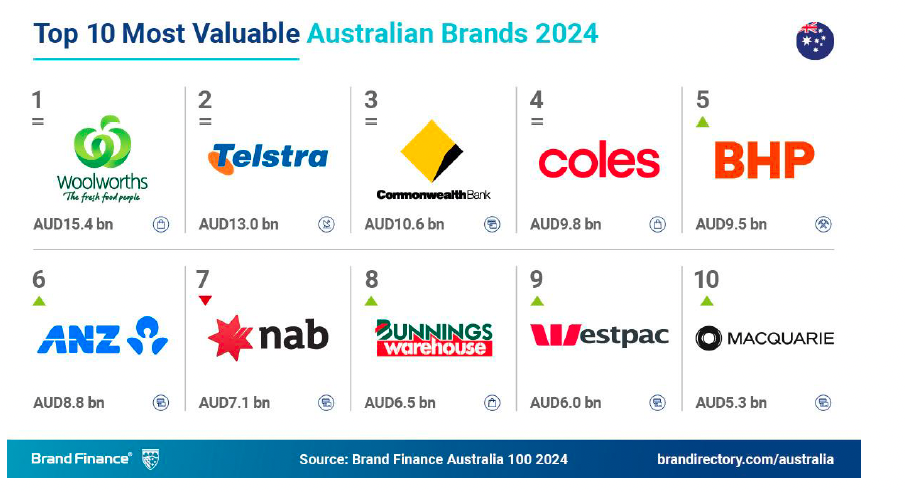The New Mandate: From Adopters to Architects

By Bronwyn Heys — CEO, Australian Marketing Institute
Boardrooms don’t want more AI pilots. They want marketing-led AI transformation with commercial outcomes, clear guardrails/risk assessment, and ROI . The uncomfortable truth: many CMOs are still adopting tools while CEOs expect architects who can design intelligent growth systems end-to end, that includes strategy, data, governance, creative, measurement, and new and improved operating models.
Why this mandate just got urgent for all of us in Marketing
- Capital and attention have shifted from “experiments” to “systems.” GenAI’s economic upside is very real, with estimates still sitting in the multi-trillion range annually, as AI rewires customer interactions, creative production, research, and code. That’s the scale CFOs and boards benchmark against. McKinsey & Company+1
- Budgets are flat; productivity must rise. With marketing spend stuck ~7–8% of revenue, AI isn’t a toy to just play with, it’s how we create headroom for growth and brand building. Marketing Brew
- Regulation is arriving. The EU AI Act clock has started. General-purpose obligations land from 2025 with fuller regimes staging through 2026–2030. Governance is now part of the marketing remit. Reuters+2alexanderthamm.com+2
- Proof points are here. Creative production at global scale is already being rebuilt with AI content engines (WPP/NVIDIA), this is no longer a lab demo; it’s a new factory. Marketing Dive+2NVIDIA Newsroom+2
- Marketers are using AI but confidence is scattered. Adoption is high, yet capability is patchy; many teams still lack the fluency to evaluate martech AI, govern it, and tie it to ROI. Salesforce+1
From tool users to system designers: what an AI Architect CMO looks like
- Own the enterprise AI growth thesis
Define where AI creates net-new value (category creation, revenue mix, experience design) vs efficiency (cycle-time, unit economics). Tie 3–5 flagship use cases to P&L levers and brand outcomes. - Rebuild the creative and content factory
Shift from campaign bursts to continuous, model-assisted production (dynamic creative, automations, synthetic variations) governed by brand rules and human QA. Benchmark against the new AI production studios to set speed and cost goals. WPP - Make data and governance a brand asset
Treat safety, bias controls, consent, and provenance (e.g., C2PA) as differentiators. Map your obligations and supplier risks against the AI Act timeline and local standards; appoint a single exec owner; establish an AI Council with marketing at the table. alexanderthamm.com+1 - Adopt agentic AI very deliberately
Start where agents can safely plan-act-learn in bounded processes (lead routing, offer testing, media ops, lifecycle nudges). Set autonomy limits and KPIs; measure handoffs and incident response. (Agentic AI is accelerating fast, but leadership discipline is what separates value from risk.) Everest Group Reports+1 - Elevate measurement beyond “time saved”
Track value creation: uplift in qualified pipeline, creative throughput per dollar, speed-to-market, CAC/LTV deltas, and brand preference changes alongside risk indicators (hallucination rate, compliance hits). Marketers must prove AI’s commercial and brand ROI, consistently. TechRadar
A practical operating model (12 weeks to credibility)
- Weeks 1–2: Readiness scan & risk map. Inventory tools, data, talent, policies; map AI Act exposure; define 3 flagship use cases. (Output: Board-ready AI thesis & guardrails.) alexanderthamm.com
- Weeks 3–6: Pilot like an owner. Stand up one growth use case and one efficiency use case with full measurement (e.g., dynamic creative + agent-assisted media QA).
- Weeks 7–10: Scale-up design. Build the content “factory” blueprint, governance workflows, and model lifecycle (prompts, evals, red-teaming, approval). WPP
- Weeks 11–12: Exec integration. Lock budget, roles, and quarterly targets; publish an AI policy and training plan; schedule Board reporting.
Capability map: what marketing must learn now
- Architecting (systems thinking, AI product framing, trade-offs)
- Governance (policy, vendor risk, model evaluation, compliance timelines) European Parliament
- Creative ops (prompt libraries, eval metrics, creative QA, rights management)
- Data & measurement (causal testing, MMM revival, incremental lift with AI in the loop)
- Agent operations (task design, autonomy levels, escalation protocols) Everest Group Reports
Where AMI can help (in this order)
- AI Readiness Assessment a fast, board-level scan of capability, risks, and the 3 highest-ROI use cases, mapped to regulatory timelines and your P&L.
- AI Training & Uplift bespoke, role-based programs for CMOs, marketers, and leaders (architect skills, creative factory ops, governance-in-practice).
Contact me and we’ll tailor both to your context, sector, scale, and ambition. The Australian Marketing Institute can work with you to develop the means to assess your current situation and develop a roadmap with you to success with ROI built in. Email us at ceo@ami.org.au for a demo.





